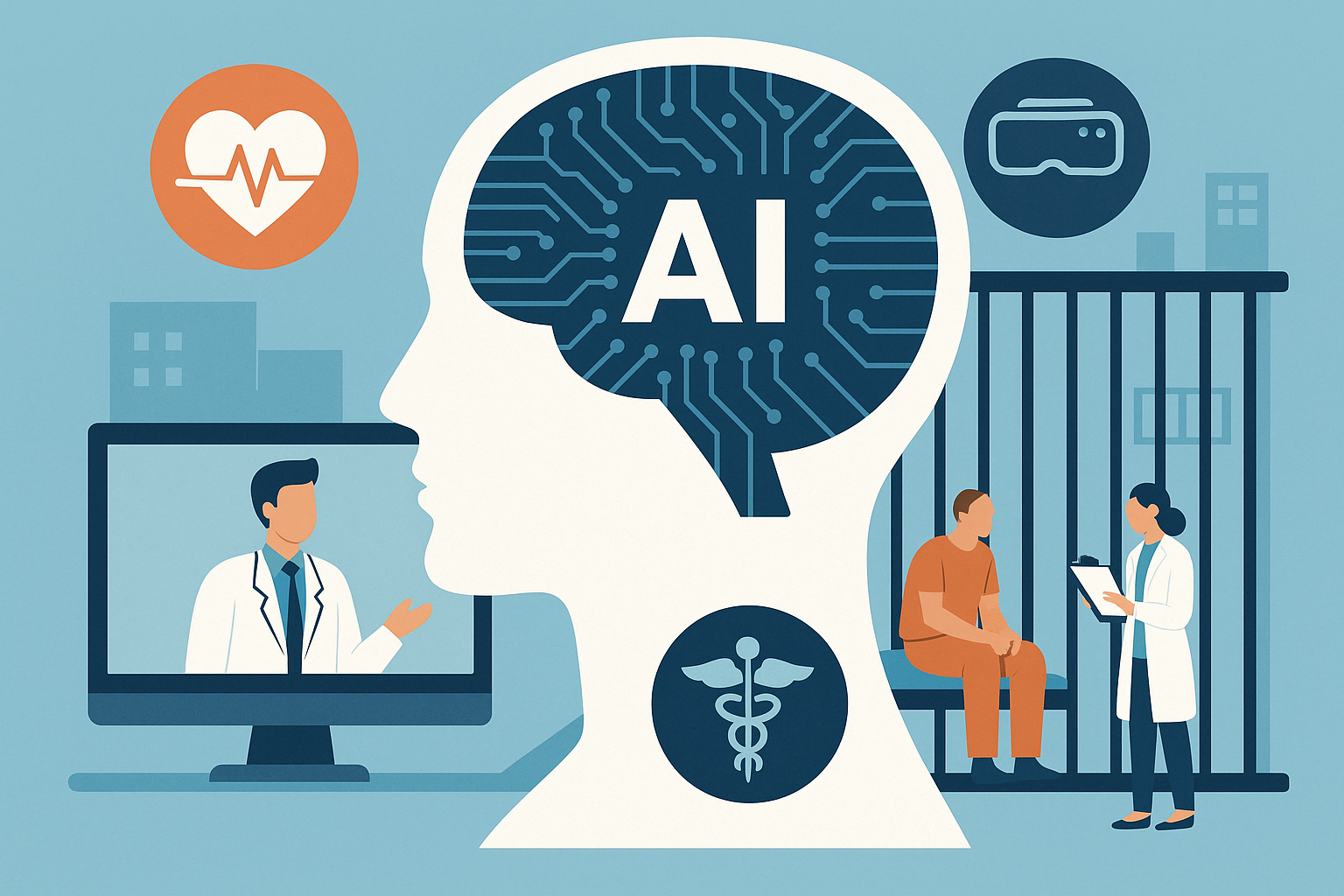
Artificial Intelligence in Prison Healthcare
As artificial intelligence (AI) begins to shape every aspect of correctional systems, healthcare stands out as one of its most promising yet complex frontiers.

As artificial intelligence (AI) begins to shape every aspect of correctional systems, healthcare stands out as one of its most promising yet complex frontiers.

Earlier this month, the Oklahoma Department of Corrections initiated a pilot program using drone technology to provide continuous aerial coverage and enhance security at its Red Rock Correctional Center in Lawton.

When Chadwick Dotson took the helm as director of the Virginia Department of Corrections (VADOC), he brought with him a bold vision: to position Virginia as a national leader in correctional safety, intelligence and technological innovation.

Later this month, the Federal Communications Commission will vote on a plan to lift restrictions on jamming cellphone signals in state and federal prisons.

Note Active’s digital logging platform enhances efficiency and organization in correctional environments by consolidating paper officer logs and inmate notes into a single, searchable database.

Willo Products unveiled its latest innovation designed to counter a persistent and growing security threat inside correctional facilities: lock tampering. The new LatchGuard is a patent-pending upgrade to the company’s Wedge locking system.

Orijin offers a variety of solutions that prepare justice-impacted people for successful reentry to society and sustainable employment. This includes a secure, turn-key tablet device connected to a cloud-based learning and communications platform.

Cell-Guardian™ is a zero-touch monitoring system that continuously tracks inmate vital signs—heart rate, respiration and temperature—along with movement for fall detection.

IntegrityQ Life Detection Radar is a contactless monitoring system designed to enhance safety and situational awareness in high-risk environments. The compact devices use 60GHz radar technology to provide continuous, real-time tracking of an individual’s heart rate, respiration, movement and location without relying on wearables or cameras.

Secure tablets—already used in many facilities to support incarcerated individuals with education, communication and digital literacy—also deliver clear workplace benefits for correctional staff.